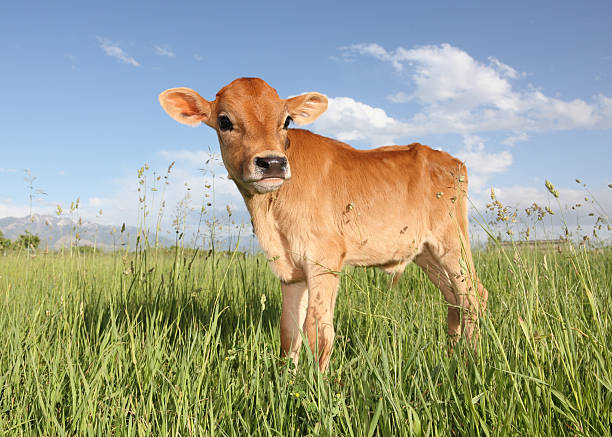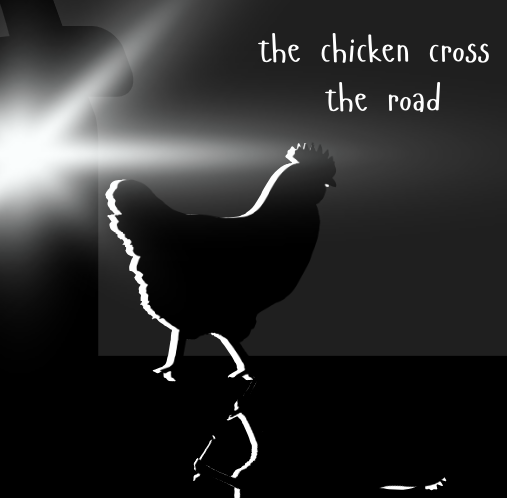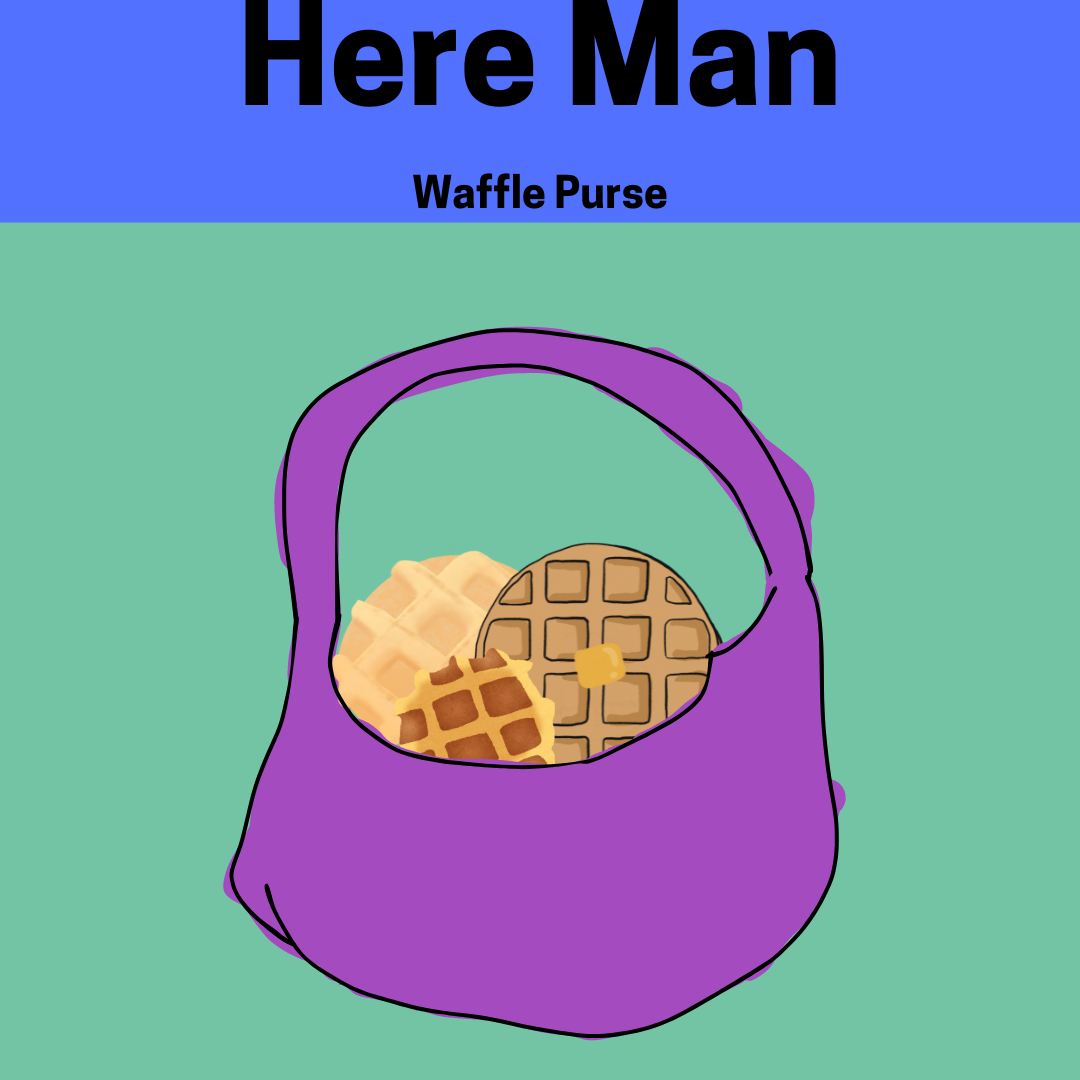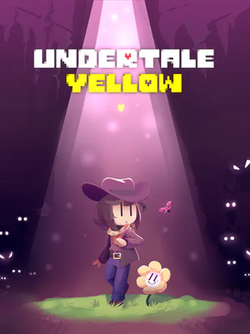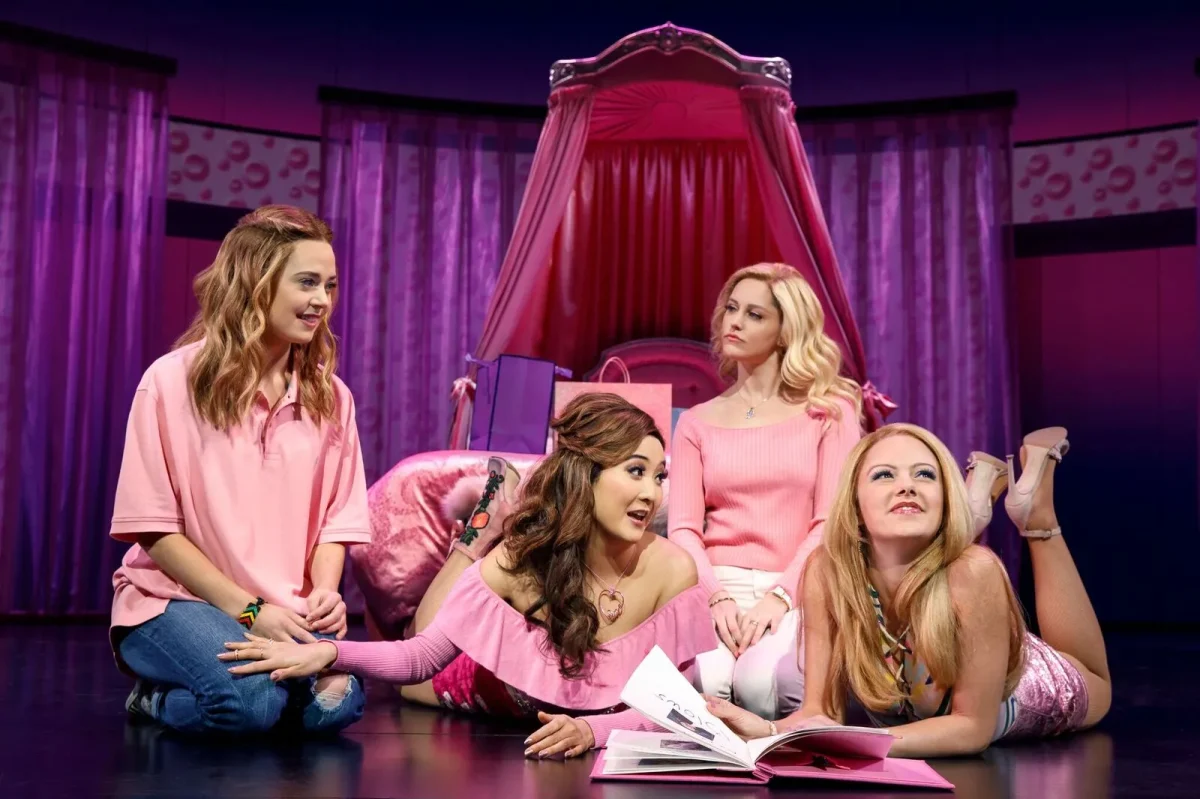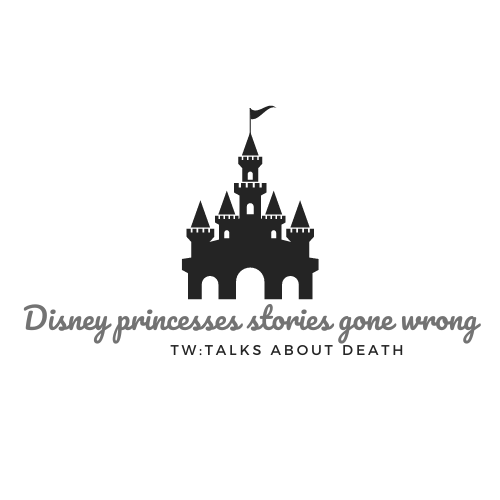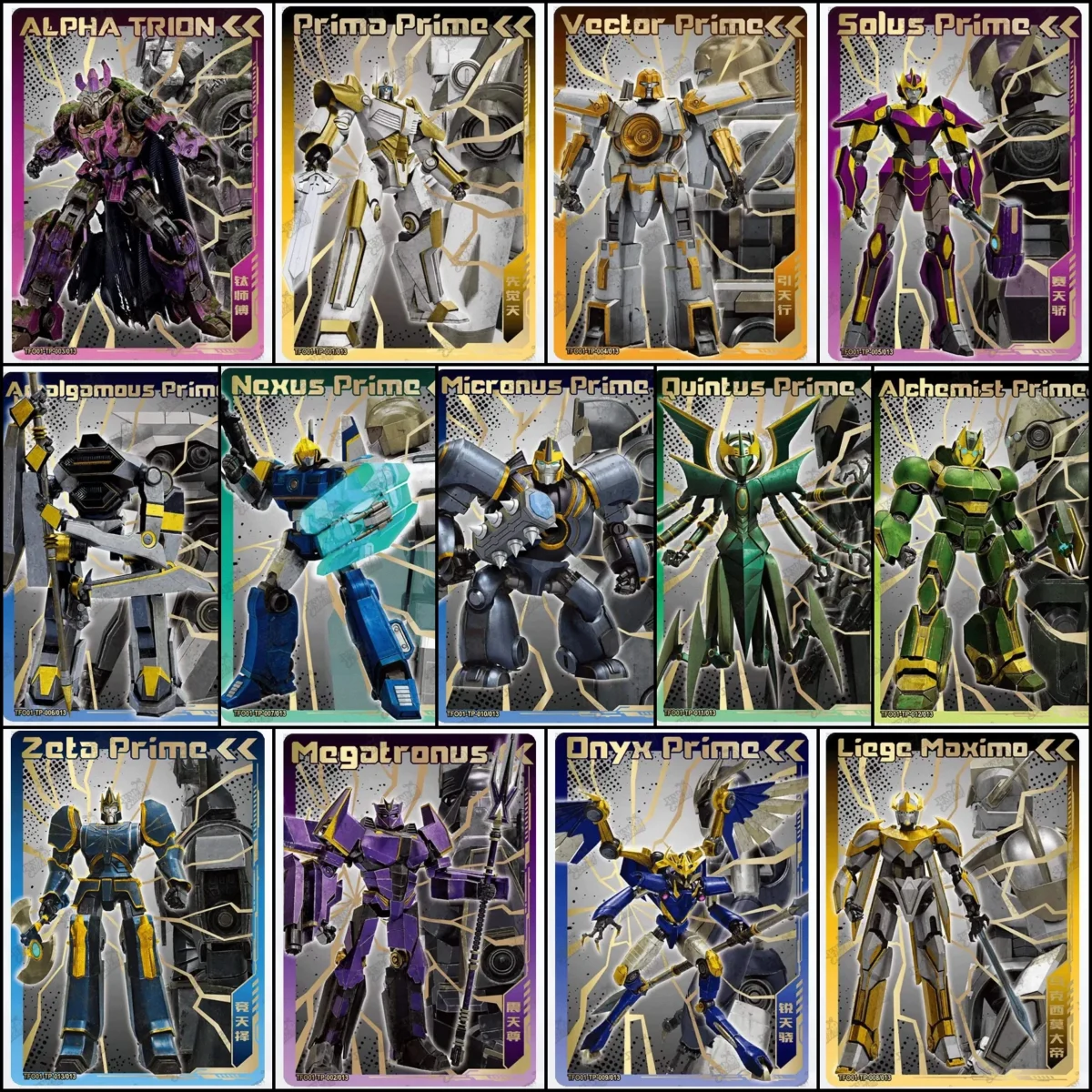Frozen
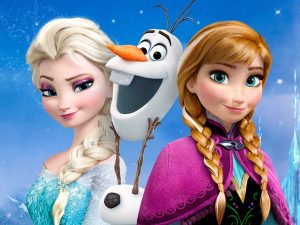
Frozen is based on a story called The Snow Queen, which was a pretty evil-nature fairy tale. In the original story that we all know, Elsa is a misunderstood teenager struggling to bear the weight of her ice-making powers. In the original story, she’s a cold, creepy, inhuman villain with an unsavory penchant for kissing underage boys. In the story, the snow queen kidnaps a little boy named Kay, smooches him to give him amnesia, and transports him back to her ice palace in the north, where she makes him do math puzzles all day and all night. By the time Kay’s sister finds him several years later, he is a wrung-out shadow of his former self and downright dangerous with frostbite. And the Snow Queen doesn’t sing so much as one single power ballad, cementing her status as an irredeemable monster.
Cinderella
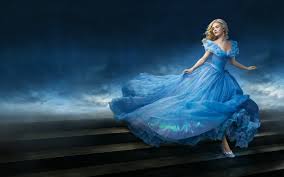
Her story starts with her father being alive and well in the fairy tale by the Brothers Grimm. He’s not just there to see how badly she’s being treated, he’s complicit in it. When the prince shows up at the house, Cinderella’s dad refers to his daughter as “deformed” and tells the prince she can’t possibly be the girl he’s looking for. For another, Cinderella in her original incarnation isn’t so much a helpless servant girl, but is a powerful sorceress who tolerates being treated like trash by her father even though she can conjure magic with her tears. How about Cinderella’s stepsisters? Well, they don’t just embarrass themselves when they try to pretend they’re owners of Cinderella’s missing slipper; they dismember their feet to make the shoe fit. One of the sisters chops off her big toe, and the other removes a piece of her heel. In both cases, the prince only notices something wrong when a bunch of rhyme-talking birds point out to him that his bride’s shoe is filling up with blood. And that’s not all! At the very end of the story, the sisters show up at Cinderella’s wedding and walk her down the aisle in a shameless last-minute attempt to curry her favor, at which point the talking birds, who had just about enough of this social-climbing nonsense, fly down and peck their eyes out.
Beauty and the Beast
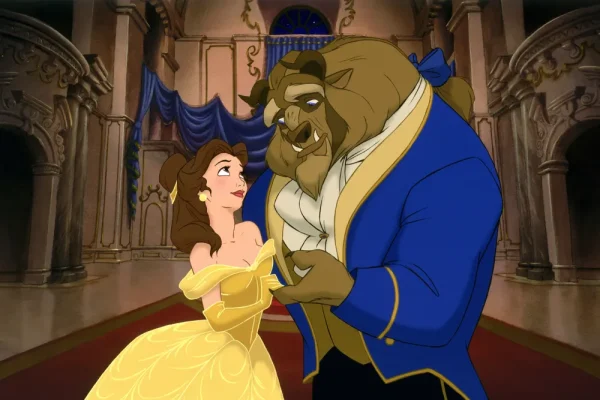
In the original Beauty and the Beast, Belle’s father gets on the Beast’s bad side, and the Beast decides that either the father or one of his daughters must die as a punishment. The father offers himself, but Belle volunteers instead. But Beast can’t bring himself to kill her on account of the butterflies in his stomach. He proposes marriage to her every day for three months before letting her go back to her dad’s house for a visit. Belle then stays with her family longer than she intended (thanks to the sneaky manipulation of her two jealous sisters), and returns to the castle to find the Beast near death — not at the hands of Gaston (he doesn’t even exist in this version), but because the Beast has been intentionally starving himself for every day that Belle failed to return to the castle. Belle, having discovered that the Beast is not just hairy and ugly but also willing to resort to this potent “I’ll die if you leave me” brand of emotional manipulation, decides then and there to marry him.
The Little Mermaid

In the original Little Mermaid, there’s no magic snatching the mermaid’s voice from her throat; she has to sacrifice her ability to speak the old-fashioned way, by letting the sea witch cut out her tongue. And once on land, despite living in the prince’s palace where she silently, perpetually pines for him, the heroine never even comes close to getting her man. Instead, he friend-zones her and marries somebody else, leaving the poor, mute mermaid with nothing but bad choices. She can either stab the prince to death (on his wedding night, no less!), or she can die herself. Needless to say, she takes the noble option and throws herself into the sea … at which point it turns out that her act of sacrifice has earned her a place in heaven. What’s that? Oh, no, not now. She has to spend 300 years doing good works as an invisible wind spirit first. Even Ursula wouldn’t pull a bait-and-switch like that.
Snow White
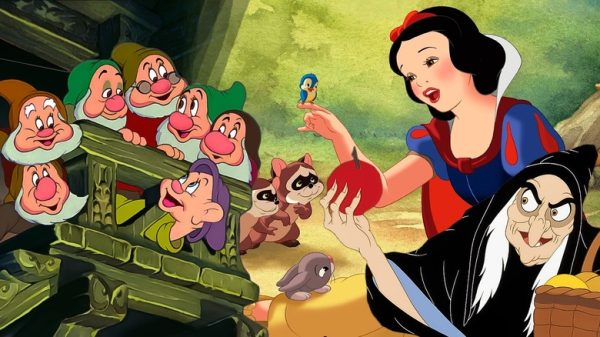
In the original story, the queen gleefully chows down on a pile of lungs and liver brought to her by her huntsman, thinking she’s eating her own stepdaughter’s innards. Snow White also isn’t revived in her story of origin by the prince’s life-saving kiss; rather, he brings the comatose princess back in her glass coffin so that he can install her in his home like art. (As one does.) But the coffin gets jostled during the journey, dislodging the bit of poison apple in her throat, and Snow White wakes up — at which point the prince decides she’d make a better wife than a paperweight. Also, the wicked queen’s death is a lot less instantaneous and profoundly more disturbing. At Snow White’s wedding reception, the evil woman is forced to put on a pair of molten iron shoes and dance in them until she drops dead. She doesn’t even get to have cake first.
Pocahontas:

Much as we love the Disney take on this old-school American story, complete with a pre-scandalous Mel Gibson as the voice of love interest John Smith, the true story of Pocahontas is just kind of sad. For one thing, she was 11 years old when she saved Smith’s life by throwing herself between him and her father, who intended to execute the man if that story is even true. The two of them never had a romance; instead, the teenage Pocahontas married a fellow Powhatan but was taken captive in 1613 as the relationship between her tribe and the English deteriorated. Although her father tried to negotiate and bring her back, Pocahontas quickly converted to Christianity, changed her name to Rebecca, and married an English tobacco farmer named John Rolfe. She ultimately followed Rolfe to England and died there the following year, at age 20, never having seen her father or family (or Grandmother Willow) again.
Tangled:
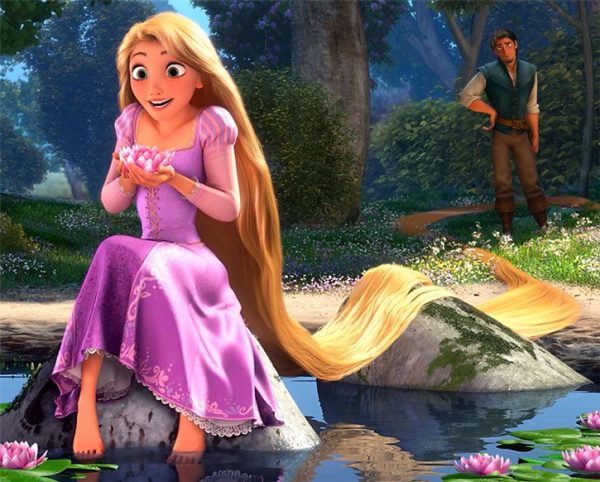
First and foremost, Rapunzel isn’t snatched by the witch in the original Rapunzel; she’s handed over by her parents as a trade because they couldn’t stop stealing salad ingredients from the witch’s garden. Yes, they gave up their baby for a salad. Rapunzel grows up in isolation with no visitors except for the witch, until a prince tricks her into letting her hair down so that he can climb up and visit her. When the witch finds out that Rapunzel has been entertaining a man, she lops Rapunzel’s hair off and tricks the prince into climbing the severed tresses. When he learns Rapunzel isn’t there, he throws himself off the tower into some thorn bushes, which gouge his eyes out and render him blind. Rapunzel, meanwhile, is sent off to wander the desert and give birth to the prince’s illegitimate twins. The story has an uplifting ending — the wandering, sightless prince eventually stumbles into Rapunzel’s arms, and her tears magically restore his eyesight — but things get awfully dark before the happily-ever-after.
Mulan:
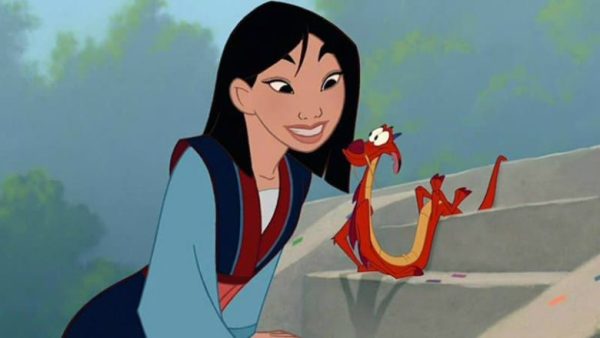
In a rare reversal, Disney’s Mulan is a far less square heroine than her traditional predecessor, who has been a mythological figure in Chinese history since the fourth century A.D. Unlike the fumbling, unlikely girl who joins the army in desperation after accidentally setting a matchmaker on fire, the Fa Mulan of Chinese folklore is depicted as an extremely capable soldier — so capable that she doesn’t struggle at all to gain the acceptance of the men who are fooled by her skills. Later versions of the tale also include Mulan going through the pain and struggle of unbinding her feet for combat.
The Princess and the Frog:
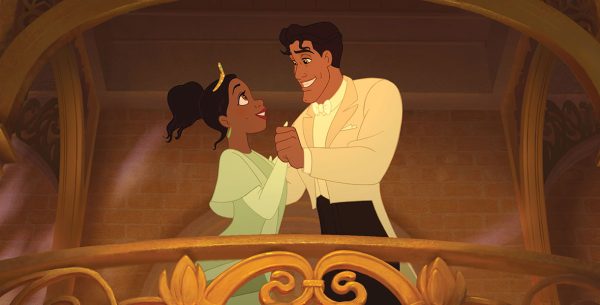
Needless to say, there’s not a hint of New Orleans flair in the German fairy tale that inspired The Princess and the Frog — and 50 percent fewer amphibians, too. In Disney’s version, Tiana is a scrappy jazz-age entrepreneur who dreams of opening her own restaurant, and she’s not averse to kissing a frog if it means it’ll help her achieve her dreams. Meanwhile, in the Brothers Grimm version, The Frog King, the Princess meets the frog when she loses her ball down a well. He retrieves it for her in exchange for a promise of companionship, but the princess welches on the agreement, takes her ball, and leaves the frog in the forest, assuming he won’t be able to follow her. Cue the frog knocking on the castle door during dinner — awkward! — and the king forcing his daughter to make good on her word. The princess struggles not to vomit while the frog hangs out on the table beside her at dinner eating food off her plate, and she brings him upstairs with her and sticks him in a corner of her bedroom. But the frog demands that she bring him into her bed — which, to be fair, she did promise to do — at which point the Disney princess freaks out and hurls his frog body against the wall, fully intending to kill him. The frog bounces back up in princely human form and gleefully announces that now they can get married. Nobody, from the princess to the king to the frog-turned-prince whose fiancée just tried to splat him to death, sees anything wrong with this.
Hercules:
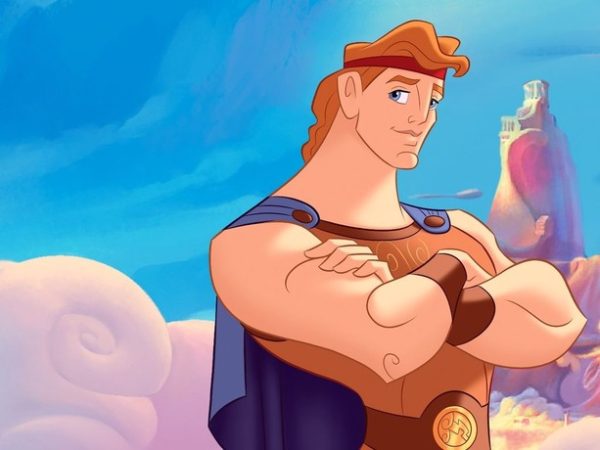
The 1997 animated film begins on Mount Olympus, where the Greek gods Zeus and Hera are happily married, doting parents to their bouncing baby boy. But Disney was cleaning up this creep show from the very start. In the world of ancient Greek mythology, Zeus was less a benevolent father. Hercules was born half man, half god — and Hera, Zeus’ wife, was so peeved about her husband’s catting around that she tried to have baby Hercules killed, dropping a pair of poisonous snakes into his crib. Needless to say, a jealous wife trying to commit infanticide against the illegitimate child of her husband wouldn’t have fit in a G-rated kiddie movie. Instead of telling the true story of Hercules’ origins, Disney invented an alternate universe in which Hades, the god of the Underworld, tried to do away with baby Hercules in order to help along his power grab for Mount Olympus. Disney completely ignored the part where Megara was given to Hercules by her father as a reward for conquering his enemies — a literal trophy wife — and the part where Hera got her vengeance in the end. After Megara had given birth to three children by Hercules, Hera infected Hercules with a madness that caused him to kill his entire family. And Hercules’ death at the hands of a jealous lover? Nope, Disney didn’t mention that, either!
Aladdin:
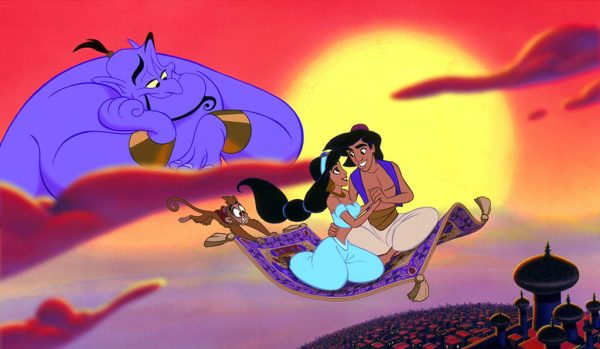
Disney’s Aladdin boasts a memorable supporting heroine in Jasmine, the smart, bold, brave, discerning daughter of the Sultan. And there’s nothing wrong with that! Except, of course, that an authentic retelling of the original story of Aladdin and the Lamp from Arabian Nights would have looked very different in the Disney princess department. Original Jasmine is not only far more passive and less bad than her Disney counterpart, but she’s such an idiot that she’s basically the repeated instrument of Aladdin’s downfall. First, she hands Aladdin’s magic lamp over to the evil sorcerer because she doesn’t know what it is. While she redeems herself by following Aladdin’s simple instructions to seduce and poison the sorcerer so Aladdin can get his lamp back, she then immediately invites the sorcerer’s even more evil younger brother — who has disguised himself as an old lady — to come live with them in the castle. Fortunately, the genie knows what’s what, and Aladdin lives happily ever after … or at least as happily as anyone can hope to when their wife is so very dumb.












